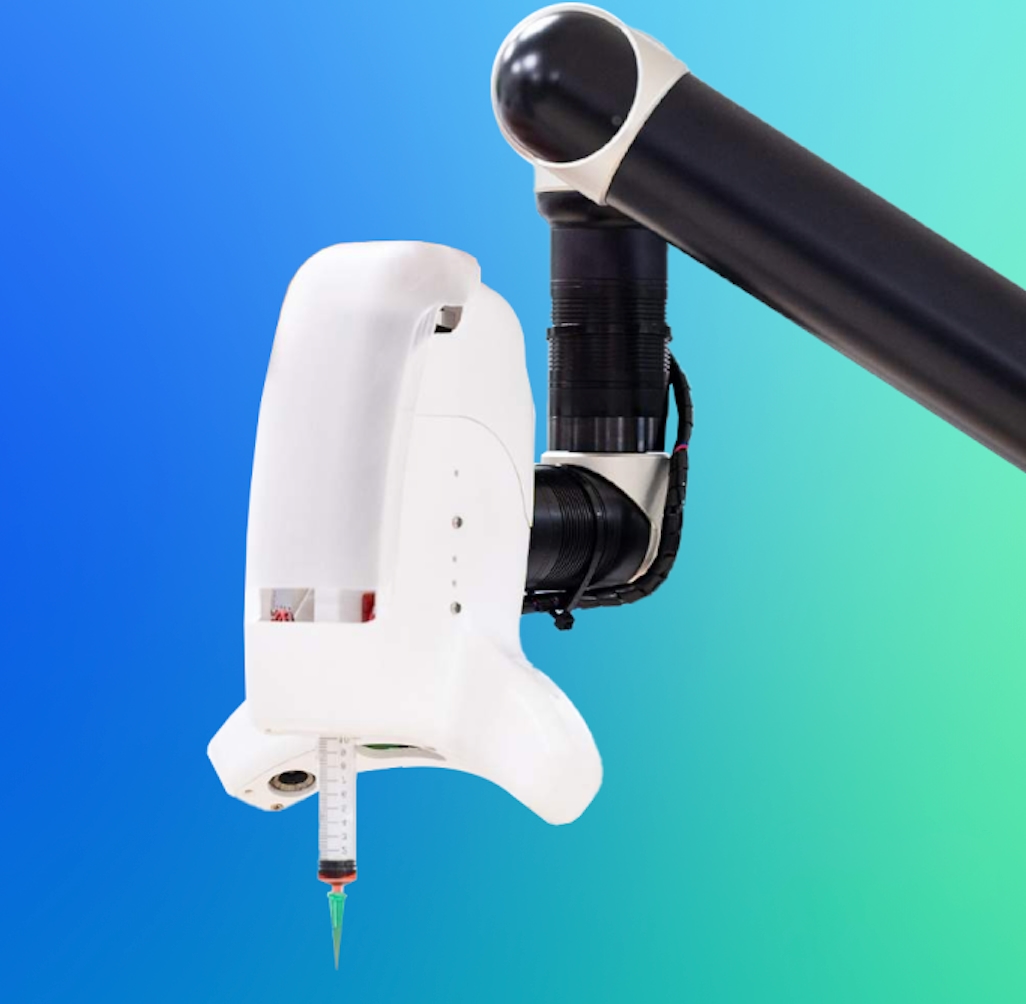Catalog
Search
133 products
View:
- Selected: 1Areas of use
- Selected: 0Item names
- Selected: 0Manufacturer
- Selected: 0Made in
- Selected: 0Additional
View:
133 products
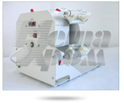
THE DEVICE FOR ACHIEVING BALANCE
When analyzing gases dissolved in transformer oil using the ARP method (equilibrium vapor analysis), mixing of the contents of the syringe with oil is used to accelerate the extraction of gases (to achieve an equilibrium distribution of gases dissolved in oil between the liquid and gas phases). For this purpose, as well as automation of the mixing process, a special autonomous device for achieving equilibrium is produced.
technical specifications
The rotation speed of the syringe drum is 30 rpm./min.
The rotation time (determined by the internal timer, after pressing the "Start" button) is 10 minutes.
The number of syringes placed is 4.
The volume of syringes is 20 or 50 ml.
Power consumption, no more than — 14 VA.
Overall dimensions, no more than 210×280×270 mm.
Weight, not more than — 5 kg.
NPF "META-KHROM"
Yoshkar-Ola
Produced in: Yoshkar-Ola, Mari El
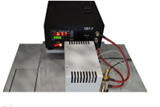
THERMAL DESORBER TDS-3
The TDS-3 includes a heating column with a sorption tube, which is installed on the evaporator of the chromatograph and a control unit located on a special bracket on the right side panel of the chromatograph
Technical characteristics of TDS-3
Desorption temperature (column heating), 0C to 400
Heating speed, 0C/min at least 500
The cooling time when moving to a cold zone is no more than 10 seconds.
Cooling time from 300 0C to 50 0C, min. no more than 10
Continuous operation mode
Power consumption, W not more than 250
Dimensions of the sorption tube, (Ø, length), mm.
Material glass, stainless steel 5/110, 5/114, 6/115, 6.35/89
Electric power supply from 187 to 242 V, 50 Hz.
The display of the measured temperature and the setting of the temperature on the display is
The discreteness of setting the desorption temperature, 0C 0.1
NPF "META-KHROM"
Yoshkar-Ola
Produced in: Yoshkar-Ola, Mari El
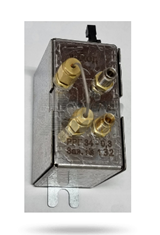
GAS FLOW REGULATOR
The flow regulator consists of the following parts:
Body. It includes a connector for connection to the control controller and fittings for connecting the input and output gas lines.
Calorimetric converter. Due to the heating of the gas along the flow section, the temperature difference is determined.
The actuator (solenoid valve).
The control board. A system of elements responsible for converting the signals that the user submits.
TECHNICAL CHARACTERISTICS OF RD
The gas pressure at the inlet is (0.4 + 0.04) MPa.
Ranges of working gas flow rates — from 5 to 800 ml/min. The ability to specify the type of gas (nitrogen, helium, hydrogen, argon, air).
Pressure ranges — from 0.001 to 0.40 MPa with a discreteness of 0.0001 MPa.
The deviation of the carrier gas flow rate from the average value is + 1.5% in the flow range from 50 to 100 ml/min and + 0.5 ml/min in the flow range from 3 to 50 ml/min.
Relative deviation of the average steady-state gas flow rate from the set value in the range
from 3 to 100 ml/min: + 2.5%, but not less than 0.5 ml/min;
from 100 to 200 ml/min.: + 5%;
from 200 to 800 ml/min.: + 10%.
The gas pressure at the inlet is (0.4 + 0.04) MPa.
The deviation of the regulated output pressure of the regulator from the set value is not more than 1%.
NPF "META-KHROM"
Yoshkar-Ola
Produced in: Yoshkar-Ola, Mari El

Portable Gas chromatograph FGH-1
from
573 000 ₽
The compounds to be determined are marginal and unsaturated hydrocarbons, alcohols, esters and esters, aromatic hydrocarbons, ketones, petroleum products, solvents, chlorine derivatives of hydrocarbons, etc. The list of substances is constantly updated, currently includes more than 100 ingredients.
Detector one photoionization detector (PID) with Krypton vacuum ultraviolet lamp (VUV)
One capillary column 25 m, phase SE, OB-61, FFAP, 624, etc.
The threshold for determining benzene in air is 0.01 mg/m3
Average analysis time 15 min
Powered by built-in batteries,
220 V mains
Dimensions 460×350×120 mm (standard case),
487×370×180 (shockproof case)
Autonomy of up to 300 analyses without replacement of carrier gas,
up to 5 hours without charging batteries (for chromatograph without heated dispenser tap)
Metrology
Portable gas chromatographs of the FGH series, in particular the FGH-1 model, are registered in the State Register of Measuring Instruments under No. 16615-07 (certificate RU.C.31.004.A No.30175/1 dated 12/26/2012). All methods of analysis are certified in accordance with GOST R ISO 5725-6 and entered into the Federal Register.
EKAN
Moscow
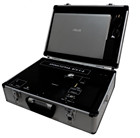
Two-channel portable gas chromatograph FGH-1-2
from
1 030 000 ₽
The FGH-1-2 chromatographs have retained the main advantages of the FGH-1 model – mobility and ease of operation and maintenance. At the same time, FGH-1-2 has all the advantages of a modern multichannel chromatograph – the ability to reliably identify and accurately determine the concentrations of various pollutants of environmental objects. The additional use of automatic identification in the processing of chromatograms simultaneously through both channels makes FGH-1-2, in fact, a universal selective gas analyzer of organic substances using the chromatographic separation method.
In FGH-1-2, as well as in FGH-1, all methodological problems have been solved:
all measurement methods (MI) used are certified,
the devices are equipped with sampling devices prescribed in MI,
the devices are graded according to the required substances,
independent control of the stability of calibration characteristics and measurement errors is provided.
EKAN
Moscow
Produced in: Moscow
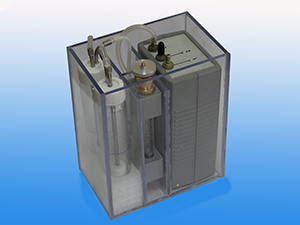
PA-1 Portable Aspirator
The PA-1 single-channel portable aspirator is based on the PC-1 portable compressor. It provides air aspiration with a flow rate from 0.1 to 0.8 l/min. The aspirator is powered by an integral battery.
EKAN
Moscow
Produced in: Moscow
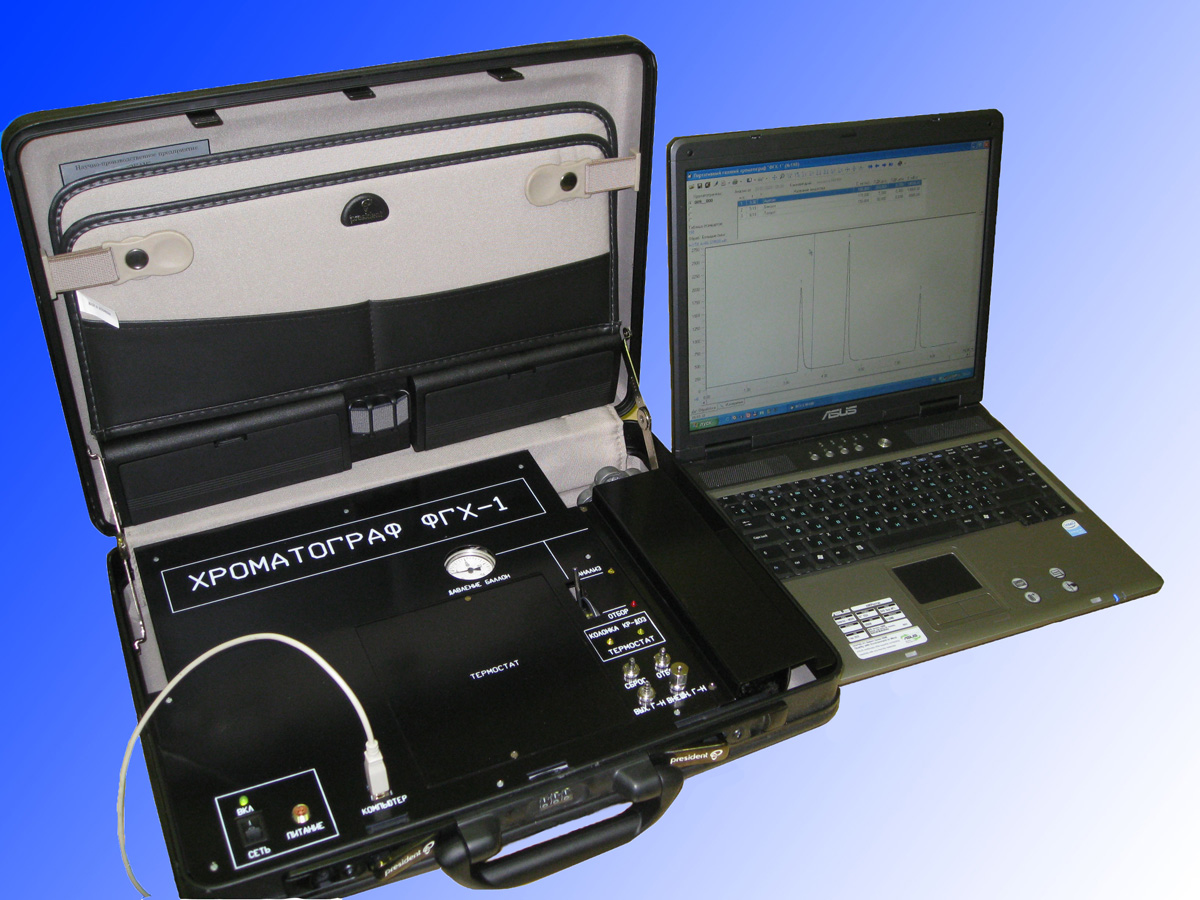
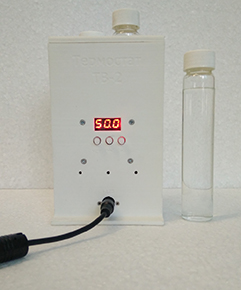
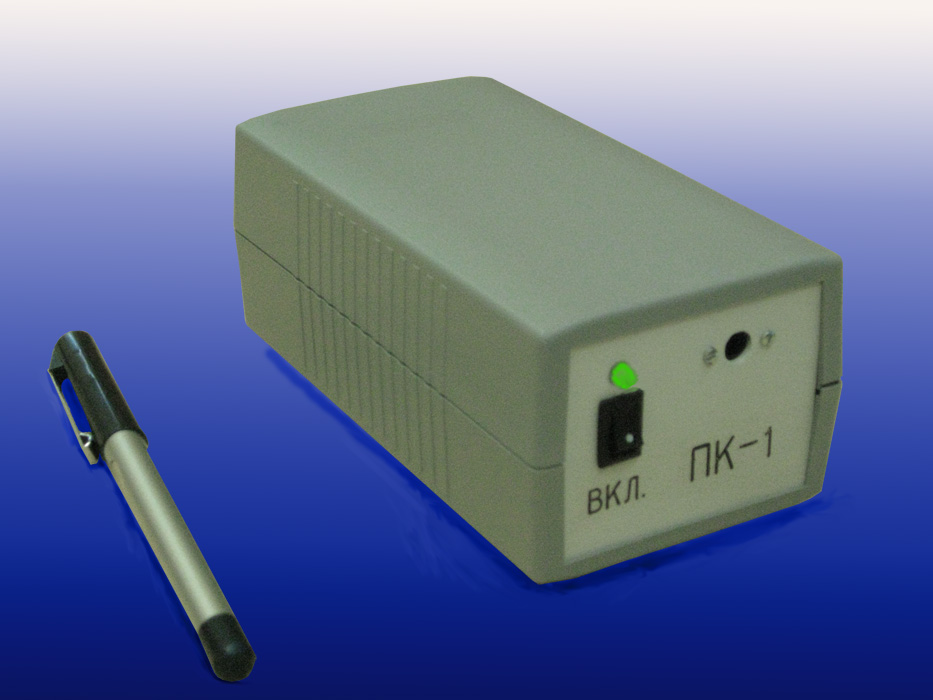

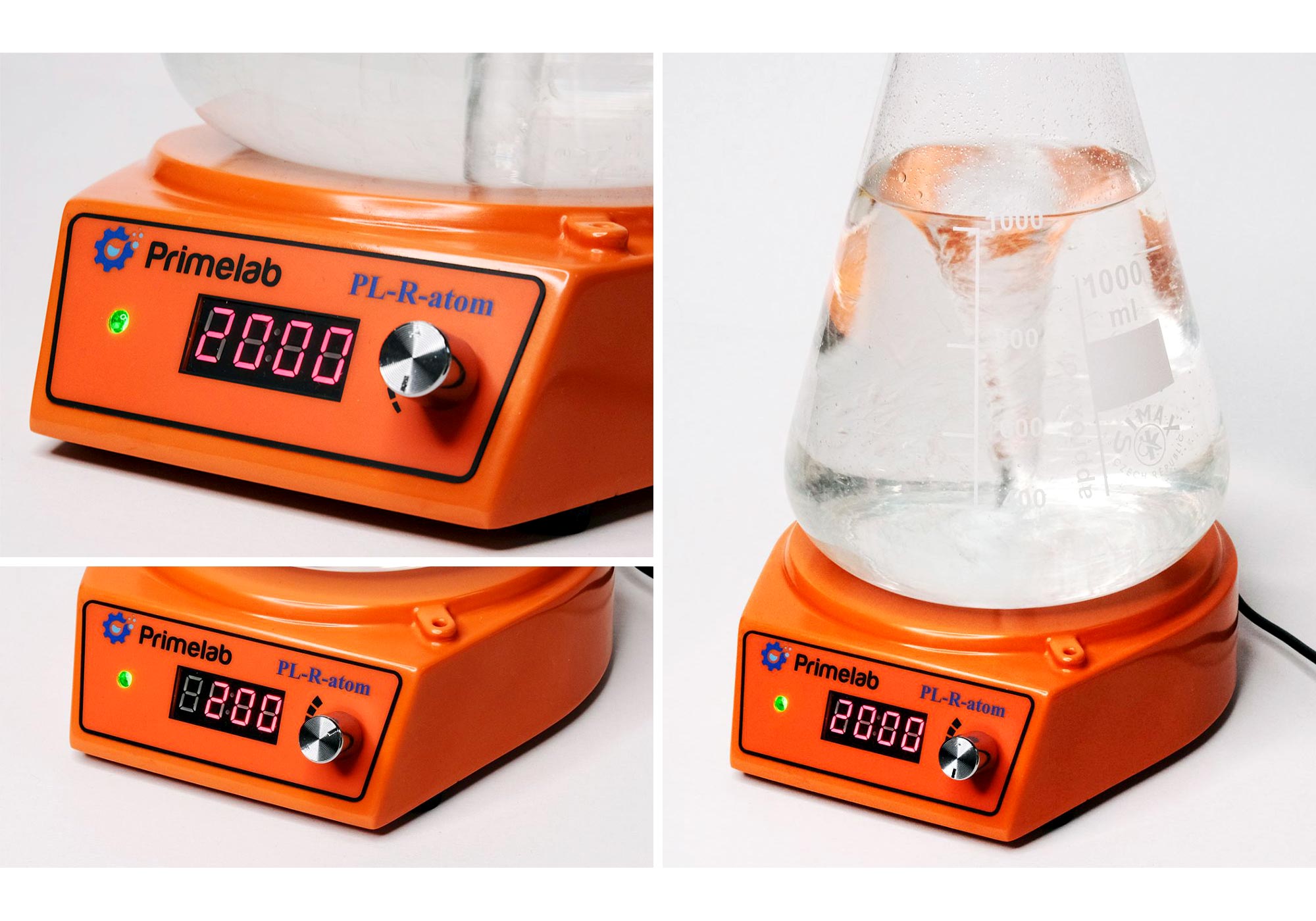
Compact magnetic stirrer PL-R-atom USB, 2 liters. Primelab
The speed is set in the range from 150 to 2000 rpm, the timer is up to 99 minutes.
Country of origin, Russia
Orange color
Protection class (according to DIN EN60529), IP21
Number of places for mixing, 1
Maximum volume of mixed liquid, 2 l
Range of operating speeds of the motor shaft, 150-2000 rpm
Connection – external temperature sensor PT1000 (sold separately)
Power: USB port.
Dimensions, weight
Overall dimensions LxWxH, 160x148x48 mm
Diameter of the working surface of the plate, 128 mm
Device weight, 0.3 kg
Contents of delivery
Magnetic stirrer without heating PL-R-atom
Operating manual combined with passport
Anchor for stirrer in fluoroplastic sheath 5x30 mm;
DC power supply, output voltage 9V, rated input voltage ~220V, 50Hz.
USB cable
Primelab
Mytishchi
Produced in: Mytishchi, Moscow region
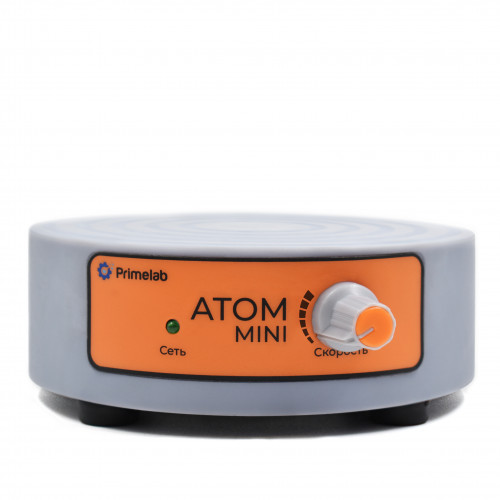
Magnetic stirrer Atom-Mini Primelab (portable)
from
6 200 ₽
1 supp.
This is a compact and lightweight device that can effectively mix up to 2 liters of liquid. Thanks to the built-in Type C connector, it works not only from the mains, but also from a power bank, which allows you to use it wherever it is convenient for you. Atom mini is designed with your comfort in mind. Thanks to its small size, it does not take up much space on your desktop. Operating the stirrer couldn't be easier thanks to the convenient joystick that allows you to easily control the rotation speed. You can adjust the rotation speed of the stirred liquid from 100 to 4000 rpm to get the perfect mixing for your experiments. We are proud that Atom mini is manufactured in Russia using advanced technologies and high-quality materials. This guarantees the reliability and durability of the device.
Country of origin Russia
Protection class acc. to DIN EN60529 IP21
Housing material Plastic
Maximum volume of mixed liquid, l 2
Engine power, W 2
Range of operating speeds of the motor shaft, rpm 100–4000
Maximum anchor length, mm 50
Power consumption, W 2
Overall dimensions, LxWxH, mm 120x105x40
Device weight, kg 0.2
Equipment: Magnetic stirrer, power supply, Type-C - USB cable, stirrer armature 5x30 mm, instruction manual combined with a passport.
Primelab
Mytishchi
Produced in: Mytishchi, Moscow region
